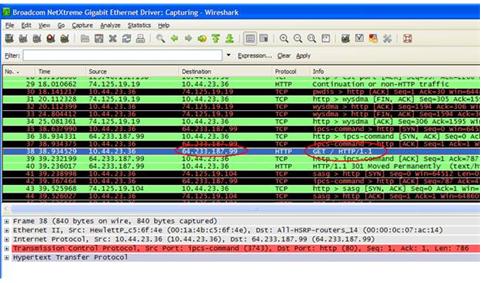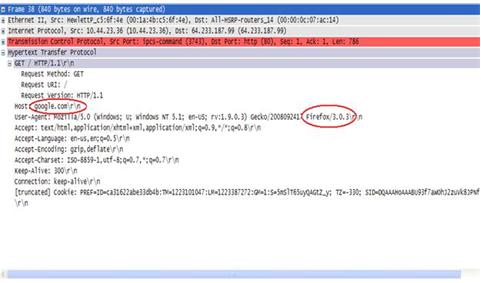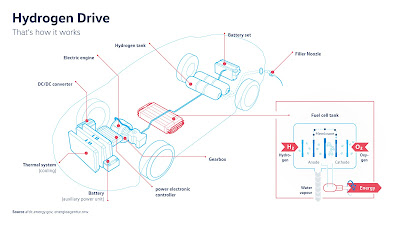- At least two computers
- Transmission medium either wired or wireless
- Protocols or rules that govern the communication
- Network software such as Network Operating System
Network Criteria:
- Transit time is the time for a message to travel from one device to another
- Response time is the elapsed time between an inquiry and a response.
- The number of users
- Type of transmission medium
- Capability of connected network
- Efficiency of software
- Frequency of failure
- Recovery from failures
- Robustness during catastrophe
- Resource Sharing –Many organization has a substantial number of computers in operations, which are located apart. Ex. A group of office workers can share a common printer, fax, modem, scanner etc.
- High Reliability –If there are alternate sources of supply, all files could be replicated on two or, machines. If one of them is not available, due to hardware failure, the other copies could be used.
- Inter-process Communication –Network users, located geographically apart, may converse in an interactive session through the network. In order to permit this, the network must provide almost error-free communications.
- Flexible access –Files can be accessed from any computer in the network. The project can be begun on one computer and finished on another.Other goals include Distribution of processing functions, Centralized management, and allocation of network resources, Compatibility of dissimilar equipment and software, Good network performance, Scalability, Saving money, Access to remote information, Person to person communication etc.,
Advantages and Disadvantages of Computer Networking
- Central Storage of Data –Files can be stored on a central node (the file server) that can be shared and made available to each and every user in an organization.
- Anyone can connect to a computer network –There is a negligible range of abilities required to connect to a modern computer network. The effortlessness of joining makes it workable for even youthful kids to start exploiting the data.
- Faster Problem solving –Since an extensive procedure is disintegrated into a few littler procedures and each is taken care of by all the associated gadgets, an explicit issue can be settled in lesser time.
- Reliability –Reliability implies backing up of information. Due to some reason equipment crash, and so on, the information gets undermined or inaccessible on one PC, another duplicate of similar information is accessible on another workstation for future use, which prompts smooth working and further handling without interruption.
- It is highly flexible –This innovation is known to be truly adaptable, as it offers clients the chance to investigate everything about fundamental things, for example, programming without influencing their usefulness.
- Security through Authorization –Security and protection of information is additionally settled through system. As just the system clients are approved to get to specific records or applications, no other individual can crack the protection or security of information.
- It boosts storage capacity –Since you will share data, records and assets to other individuals, you need to guarantee all information and substance are legitimately put away in the framework. With this systems administration innovation, you can do the majority of this with no issue, while having all the space you requirement for capacity.
- It lacks robustness –If a PC system’s principle server separates, the whole framework would end up futile. Also, if it has a bridging device or a central linking server that fails, the entire network would also come to a standstill. To manage these issues, gigantic systems ought to have a ground-breaking PC to fill in as document server to influence setting to up and keeping up the system less demanding.
- It lacks independence –PC organizing includes a procedure that is worked utilizing PCs, so individuals will depend a greater amount of PC work, rather than applying an exertion for their jobs that needs to be done. Beside this, they will be subject to the primary document server, which implies that, in the event that it separates, the framework would end up futile, making clients inactive.
- Virus and Malware –On the off chance that even one PC on a system gets contaminated with an infection, there is a possibility for alternate frameworks to get tainted as well. Infections can spread on a system effectively, in view of the between availability of different gadgets.4. Lack of Independence
- Cost of network –The expense of executing the system including cabling and equipment can be expensive.



















